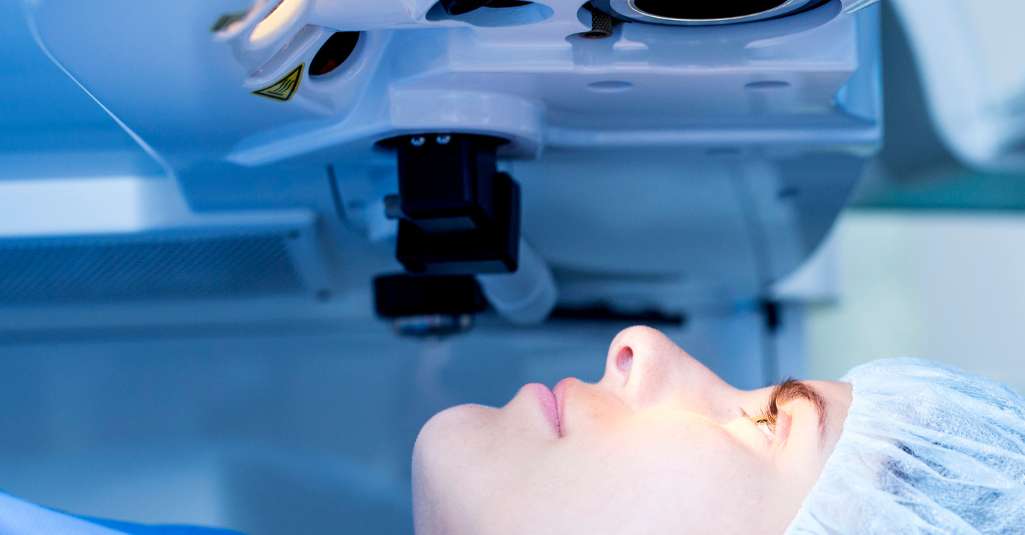Canaloplasty Surgery in UK
Canaloplasty is a non-penetrating glaucoma surgery widely performed across the United Kingdom for patients who require effective and lasting intraocular pressure (IOP) reduction.
Unlike traditional filtering surgeries, this technique enhances the eye’s natural drainage system rather than creating an artificial opening, making it a safer and more stable option for long-term glaucoma management.
How Canaloplasty Works
During Canaloplasty Surgery, a surgeon uses microscopic instruments to access Schlemm’s canal, a circular channel responsible for draining fluid from the eye.
A microcatheter is gently threaded through the canal to widen and clear the pathway, and a viscoelastic gel is injected to restore normal fluid outflow. The catheter is then removed, and a tension suture is left in place to keep the canal open and functioning efficiently.
This process allows fluid to drain more naturally, reducing eye pressure while preserving the integrity of the eye structure.
When Canaloplasty is Recommended
Canaloplasty is often recommended for:
Patients with open-angle glaucoma not responding adequately to medications
Individuals seeking a non-penetrating surgical approach
Those who want a lower risk alternative to trabeculectomy
Patients desiring faster recovery and fewer complications
This surgery is suitable for both early and moderate stages of glaucoma where conventional treatments have not provided stable pressure control.
Advantages of Canaloplasty Surgery
Canaloplasty Surgery in the UK provides several important advantages:
No full-thickness incision, reducing surgical risk
Long-term intraocular pressure stability
Minimal postoperative complications
Improved natural fluid drainage
Shorter recovery time and reduced dependence on medications
Because the surgery restores the eye’s natural drainage system, it is considered a physiological and long-lasting solution for managing elevated eye pressure.
Procedure and Recovery
The Canaloplasty procedure typically takes around 45–60 minutes under local anesthesia. Patients usually return home the same day.
Mild discomfort or redness may occur in the first few days but generally resolves quickly with prescribed eye drops.
Follow-up visits are essential to ensure that the intraocular pressure remains stable and that the newly opened canal continues functioning properly.
Most patients notice gradual and sustained improvement in pressure control within weeks.
Effectiveness and Long-Term Results
Clinical results from UK ophthalmology centers show that Canaloplasty provides significant eye pressure reduction for many years after surgery.
It can also reduce the need for glaucoma medication while preserving the natural anatomy of the eye.
Success rates are comparable to more invasive surgeries, with a notably lower risk of complications.
👉 Get the latest U.K. glaucoma surgery price estimates.
This helps patients explore and compare glaucoma surgery costs across private and NHS clinics nationwide.
Risks and Considerations
Although Canaloplasty Surgery is considered safe, potential risks include:
Mild eye irritation or temporary redness
Minor swelling at the surgical site
Rarely, over- or under-correction of eye pressure
Because the inner chamber of the eye remains intact, severe complications such as infection or hypotony are very uncommon compared to traditional filtering surgeries.
Canaloplasty vs. Trabeculectomy
While both procedures aim to reduce intraocular pressure, Canaloplasty focuses on enhancing the natural fluid drainage pathways.
Trabeculectomy, on the other hand, creates a new artificial channel for fluid to leave the eye, often requiring more intensive postoperative care.
Patients who undergo Canaloplasty typically experience a smoother recovery with fewer long-term side effects.
Cost of Canaloplasty in the UK
The cost of Canaloplasty Surgery in the UK varies based on whether it is performed privately or through the NHS.
Private clinics often provide all-inclusive packages covering consultation, anesthesia, and postoperative visits.
While prices differ by region and specialist, the long-term benefits of reduced medication use and improved pressure control make Canaloplasty a valuable investment for glaucoma management.
Conclusion
Canaloplasty Surgery in the UK represents a modern, non-penetrating alternative for patients seeking safe and lasting glaucoma pressure control.
By restoring the eye’s natural fluid balance, it delivers effective results with fewer complications and faster recovery.
For individuals struggling with uncontrolled intraocular pressure, Canaloplasty offers a balanced, long-term solution trusted by ophthalmologists across the UK.




